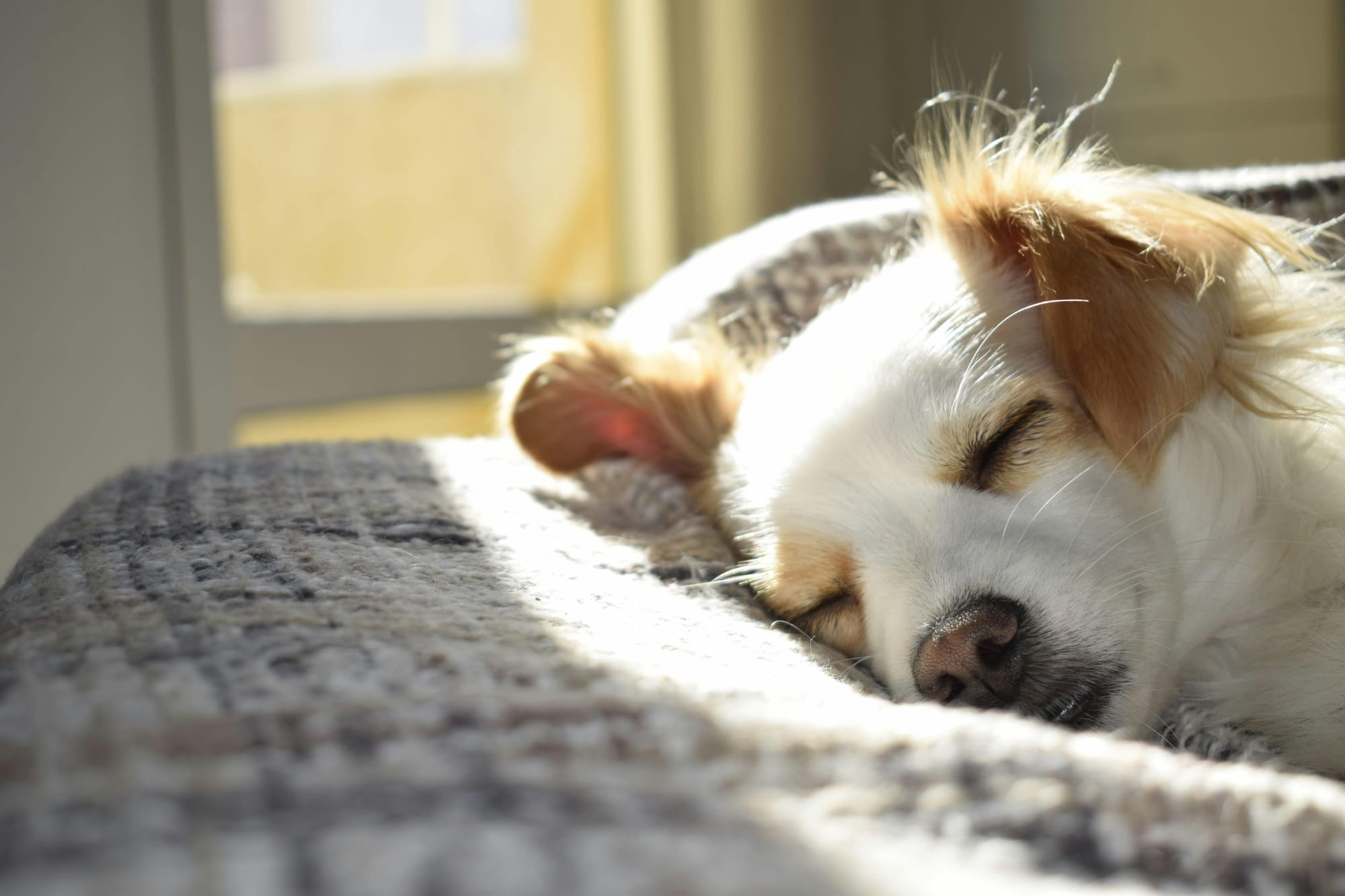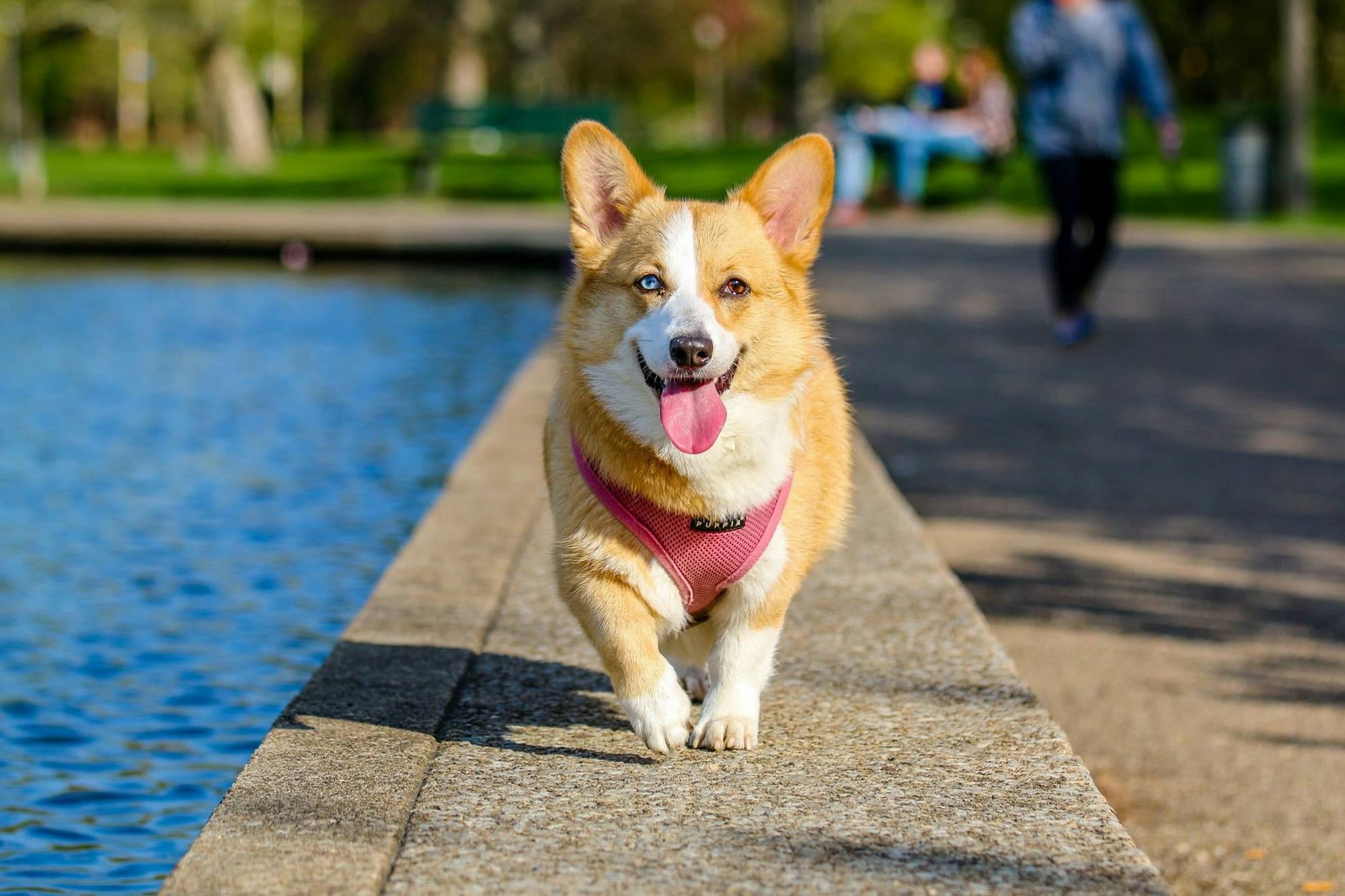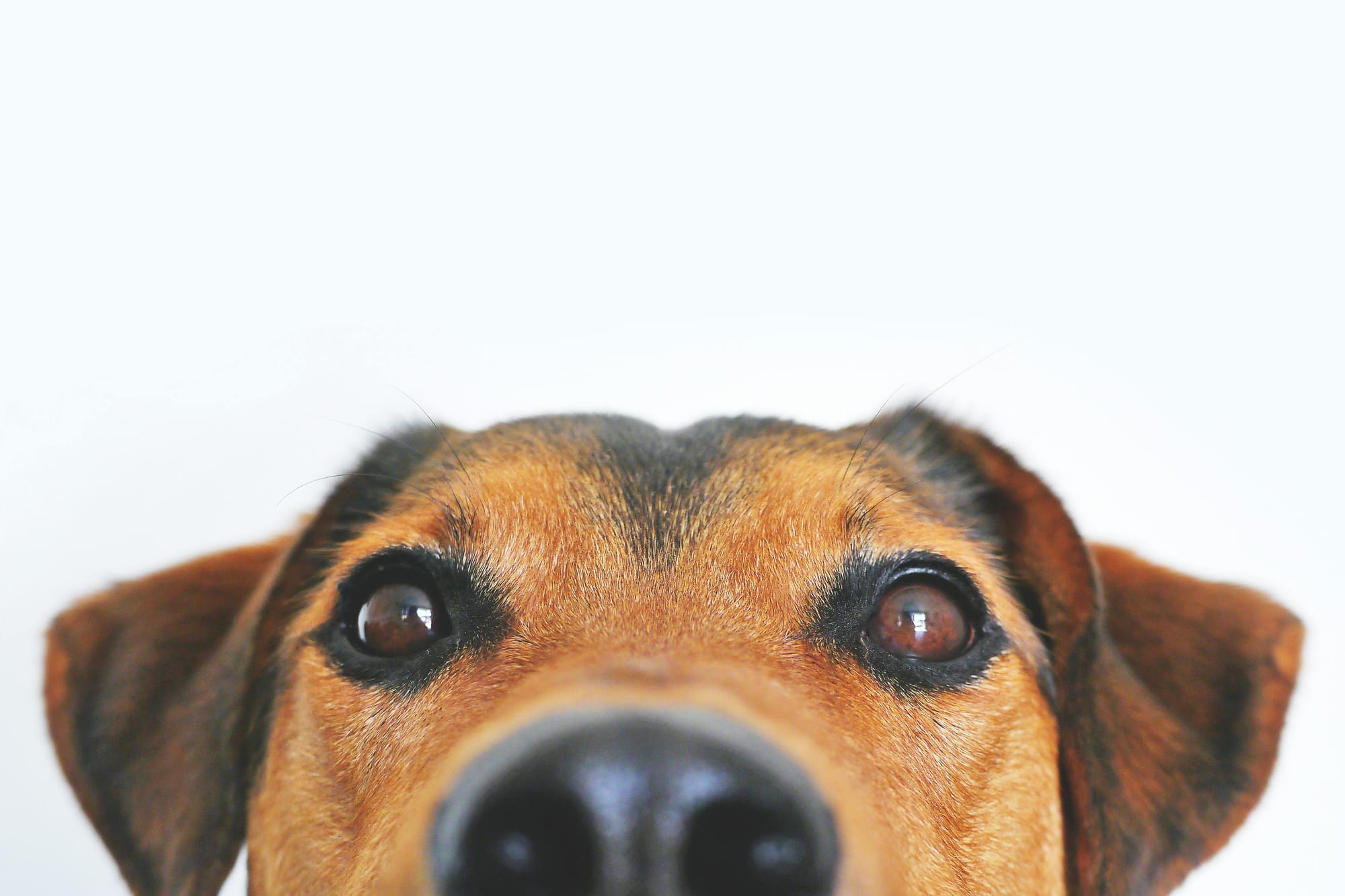The unexpected high veterinary costs for your cat’s dental care have happened to many pet owners. Pet dental care ranks as a vital but frequently ignored medical necessity for cats, although obtaining such services proves expensive. That's where cat dental insurance comes in.
The majority of pet insurance providers exclude dental care from their coverage while also presenting customers with complicated exclusions after approval. Your search for protecting your cat's teeth ends here since this guide has arrived to help you.
This guide explores dental procedure coverage of pet insurance and reveals rules regarding coverage, and shows how to choose the right plan while evaluating the value of investing in cat dental insurance. Reading this information now may help you save hundreds or even thousands throughout your cat’s lifespan.
The Real Cost of Cat Dental Health
A quick cleaning at the vet? That could set you back $300 to $700. Add in extractions, X-rays, or treatment for gingivitis, and you’re easily looking at a bill north of $1,000.
Most cats show symptoms of dental problems in their population. The majority (over 70%) of cats present dental disease signs by the age of three years. The condition remains untreated, causing pain along with eating difficulties and systemic infections, and creating lasting health complications.
The financial cost is real, but so is the toll on your cat’s well-being. And this is exactly why cat dental insurance should be on your radar.
What Does Pet Insurance Typically Cover?
Most standard pet insurance plans fall into two categories:
- Accident and Illness Plans – These are the most common and cover vet care related to sudden injuries or illnesses.
- Wellness Plans – These are add-ons or separate policies that cover routine care, including vaccinations, flea prevention, and in some cases, dental cleanings.
But here’s the catch—dental care is often excluded or only partially covered. Especially if it’s related to pre-existing conditions, routine cleaning, or something your insurer deems “preventable.”
The search for cat dental insurance requires a thorough examination of policy details since dental benefits might not be included in standard plans.
Dental Coverage: What’s Included?
The good news? Some insurance providers are catching on to the importance of oral health. Here's what may be covered depending on the provider and plan:
• Tooth extractions (especially from accidents or infections)
• Treatment for periodontal disease
• Oral surgeries
• Anesthesia for dental procedures
• X-rays of the mouth and jaw
Plans that offer comprehensive cat dental insurance often include these services under their illness coverage, but they usually won’t cover cleanings unless you have a wellness add-on.
What’s Usually Excluded?
Even with dental coverage, exclusions are the name of the game. These are some of the most common:
• Routine dental cleanings (unless covered under wellness)
• Pre-existing dental conditions
• Cosmetic procedures (like orthodontics for pets)
• Neglect-related conditions (if you haven’t followed vet advice or dental hygiene standards)
• Retained baby teeth extractions (sometimes excluded)
So if your policy excludes cleaning and prevention, and your cat develops an issue due to tartar buildup, it might not be covered at all. That's why cat dental insurance with preventative care options is the gold standard.
How to Choose the Best Cat Dental Insurance Plan
Shopping for pet insurance can feel like navigating a maze. Here’s how to simplify it:
1. Look for Dental-Specific Clauses
Read the fine print. Do they mention dental diseases or oral surgery? Is the word "dental" used at all in the coverage summary?
2. Ask About Preventive Coverage
If routine cleanings are important to you, look for wellness add-ons. Preventative care can stop small issues from turning into big ones—and big bills.
3. Compare Deductibles and Reimbursement
Choose a plan that fits your budget in terms of what you pay monthly, your deductible (the amount you pay before insurance kicks in), and the reimbursement rate (typically 70–90%).
4. Read Reviews
Other cat owners will tell you what you want to know. Look for feedback on claims processing time, ease of filing, and whether cat dental insurance claims are approved.
Do You Really Need Cat Dental Insurance?
A tooth extraction payment of $1000 tomorrow would indicate the value of dental insurance coverage.
Dental disease can creep up silently. You might not even realize there’s a problem until your cat stops eating, starts drooling, or becomes lethargic. By then, the cost of treatment may be significant. Cat dental insurance spreads that risk out across monthly payments, giving you peace of mind that you're covered when the unexpected happens.
Signs Your Cat May Have Dental Issues
Stay ahead of problems by recognizing the signs early. If you notice any of the following, it might be time for a dental check:
• Bad breath
• Drooling
• Pawing at the mouth
• Difficulty eating or chewing
• Red, swollen gums
• Visible tartar or tooth discoloration
• Bleeding from the mouth
The earlier you catch it, the better the outcome (and the lower the cost). Whether you’re insured or not, regular dental checkups are key.
Alternatives to Insurance
Not sure insurance is the right route for you? Here are a few alternatives:
• Pet Health Savings Accounts: Set aside a small amount each month into a dedicated fund for future vet expenses.
• CareCredit: A healthcare credit card accepted by many vets for procedures not covered by insurance.
• Preventative Care: Invest in dental-friendly cat food, toys, and brushing routines to reduce long-term risks.
Still, no alternative beats the security of a solid cat dental insurance policy when faced with a high vet bill.
Don’t let dental issues sneak up on your furry friend—or your wallet. From routine cleanings to serious surgeries, feline dental care is not something to ignore. And while not all insurance plans are created equal, choosing one that includes cat dental insurance could be one of the best decisions you make for your pet’s long-term health. Make sure to ask the right questions, read the fine print, and protect your cat’s smile before problems arise.






